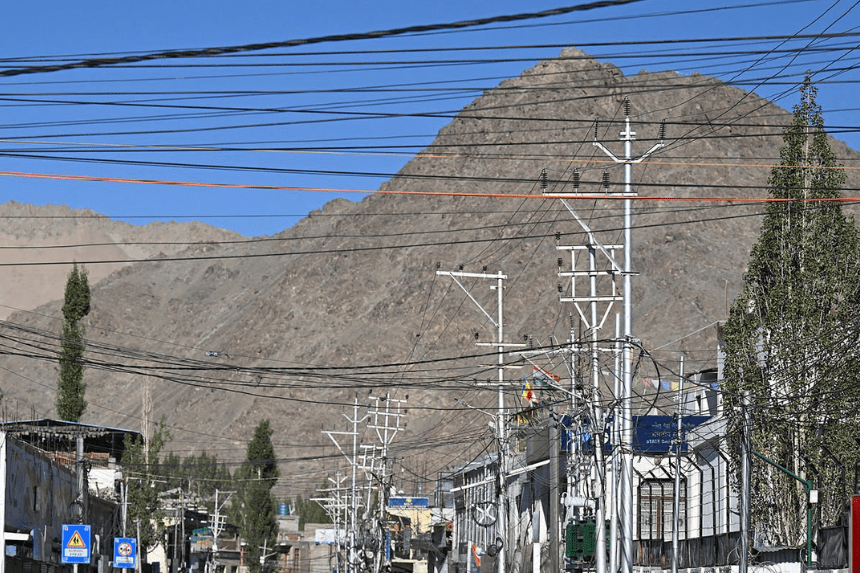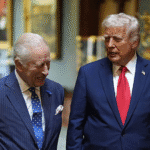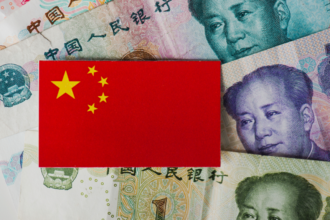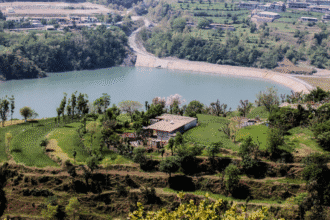Nestled in the Himalayas, the Union Territory of Ladakh has long been celebrated for its breathtaking scenery and spiritual culture. Yet peace was shattered this week. What began as demonstrations for autonomy evolved into Ladakh unrest marked by clashes that left at least four civilians dead and dozens injured. Protesters, frustrated over failed promises, job quotas, and safeguards for land and culture, confronted security forces in Leh and other towns. In response, authorities arrested disciplinary leaders, cut internet access, and imposed curfews.
Why Did Protests Break Out?
Tensions boiled over after residents demanded constitutional protections under India’s Sixth Schedule. Many locals feel the removal of Article 370 and special status in 2019 has stripped them of legal safeguards. Job opportunities, land rights, and cultural identity are seen as under threat. An earlier hunger strike by prominent activist Sonam Wangchuk intensified the momentum. When protesters gathered, their demands included restored autonomy and better governance. Here is the link to our article on Protest Statue Vandalism.
What Forms Did the Violence Take?
Protests turned chaotic as crowds set fire to a political party’s office and a police vehicle. Authorities responded with tear gas, baton charges, and reported gunfire: infrastructure damage, arrests, and injuries numbered in the dozens. Meanwhile, many residents protested peacefully. Still, the use of force raised serious human rights concerns as curfews and communication bans followed. The scale of despair and anger shows how deeply rooted many grievances are.
What Do People Want?
The demands go beyond immediate relief. They include statehood for Ladakh, legal protection for land and resources, and work quotas for locals. Protesters also want recognition of their culture and religion. For many, constitutional guarantees under the Sixth Schedule would protect their identity and traditional livelihoods. Both religious communities—Buddhists in Leh and Muslims in Kargil—have joined forces. Meanwhile, local groups refuse to enter talks until stability returns. Here is the link to our article on Nationwide Trump Protests.
How Are Authorities Responding?
India’s central and regional governments moved to restore order. Curfews are in place. Internet services are restricted. Authorities arrested key figures, including Wangchuk, accusing them of inciting unrest. A magisterial inquiry has been ordered to investigate the violence. Yet many locals distrust the process, seeking a full judicial inquiry instead. While some restrictions have eased, the mood in Leh remains tense, as locals await concrete reforms.
Final Thoughts
The Ladakh unrest signals a turning point in the region’s relationship with the Indian central government. The clash between romanticized perceptions of Himalayan quiet and real grievances over identity, rights, and governance has become undeniable. Unless meaningful constitutional protections and political reforms follow, this unrest may mark just the beginning of a broader struggle. Locals believe they deserve more than promises—they demand lasting change.








